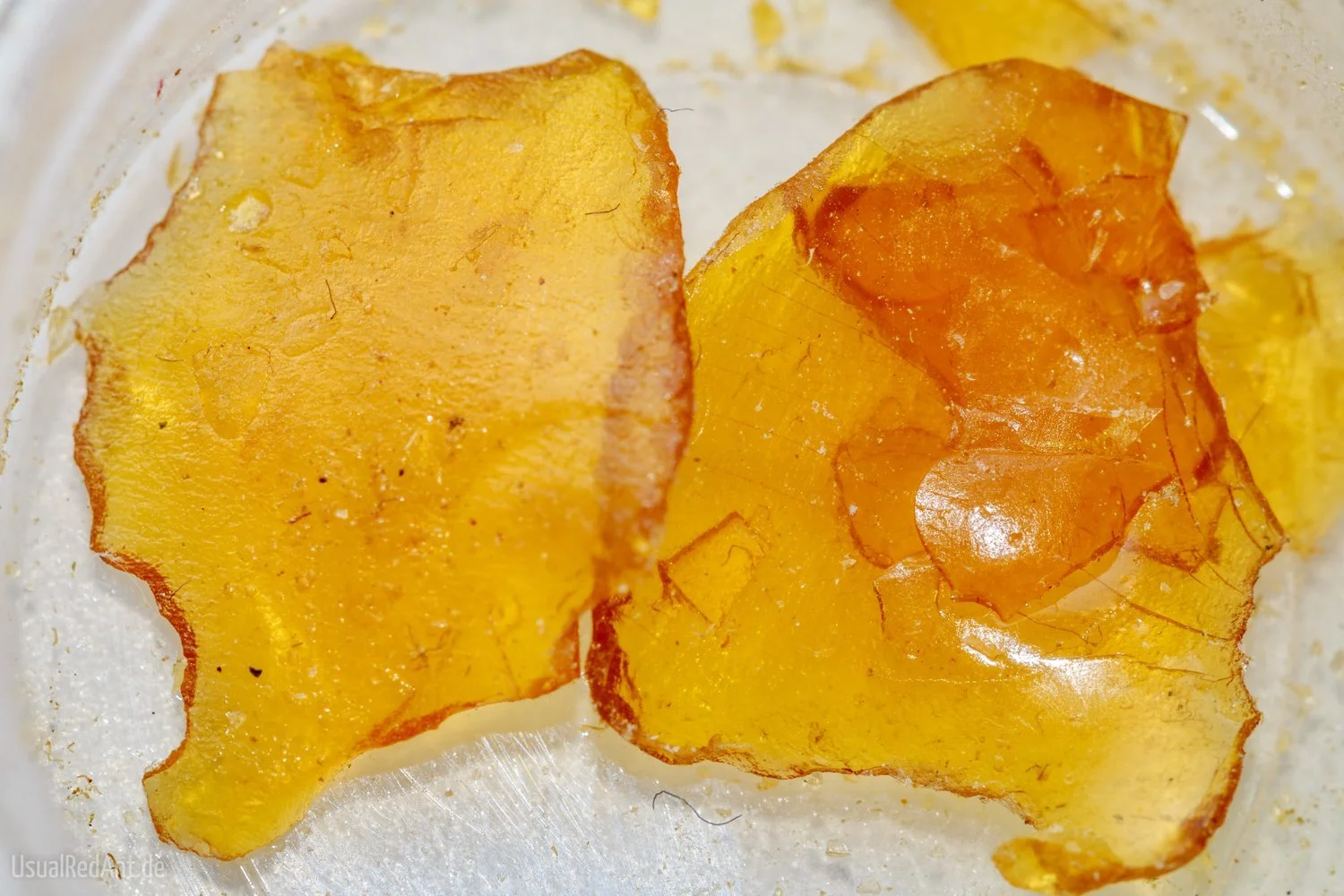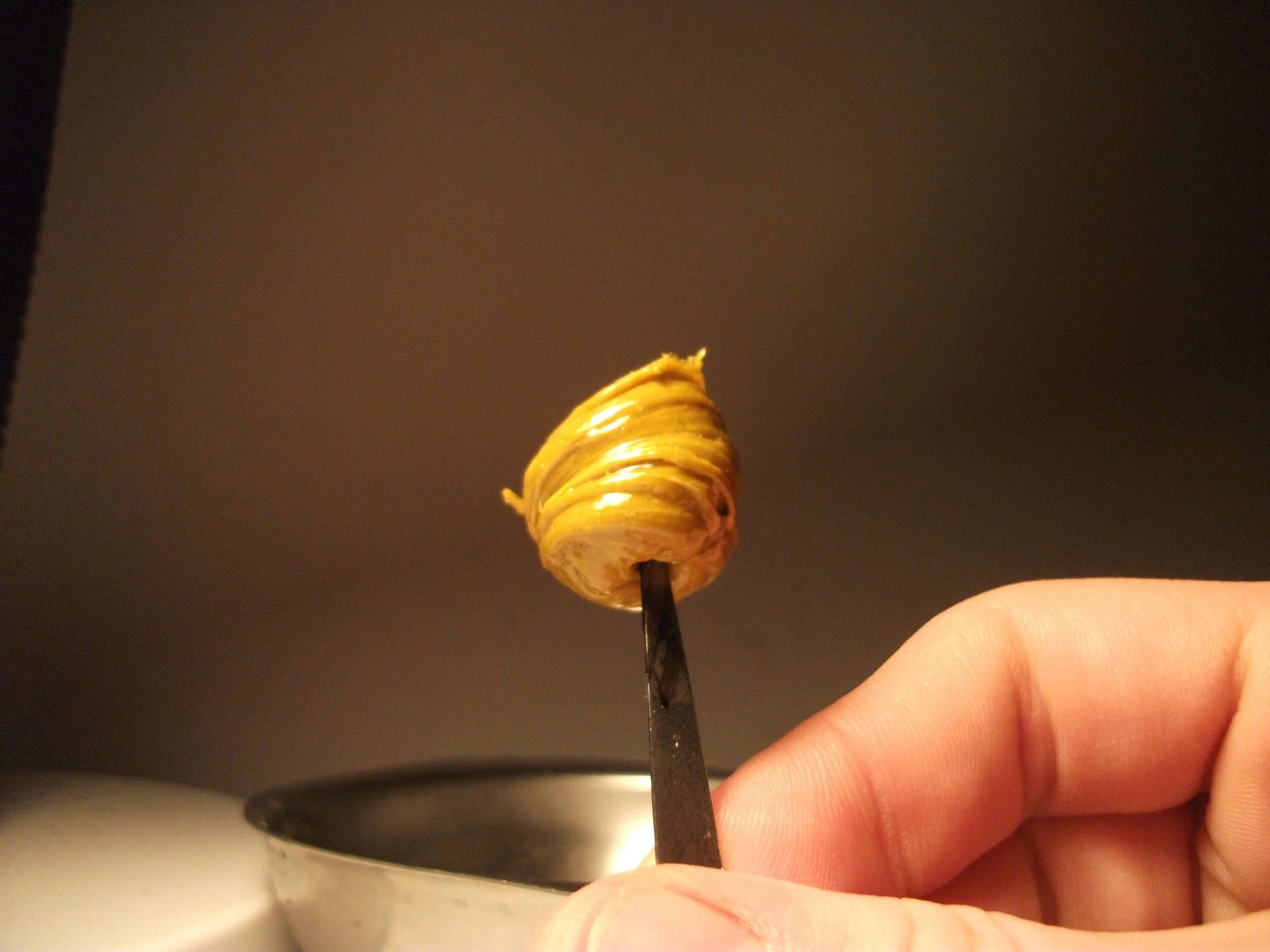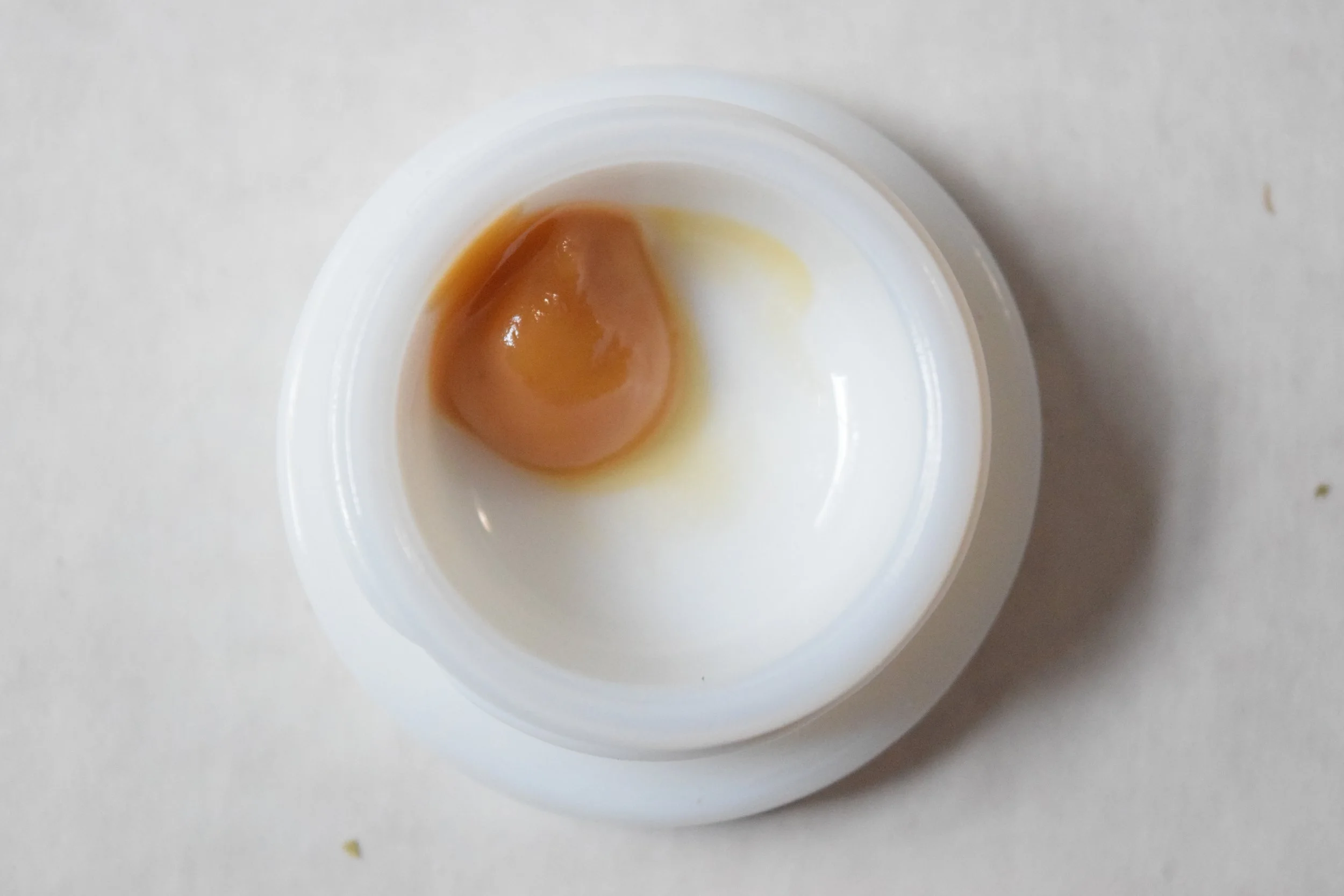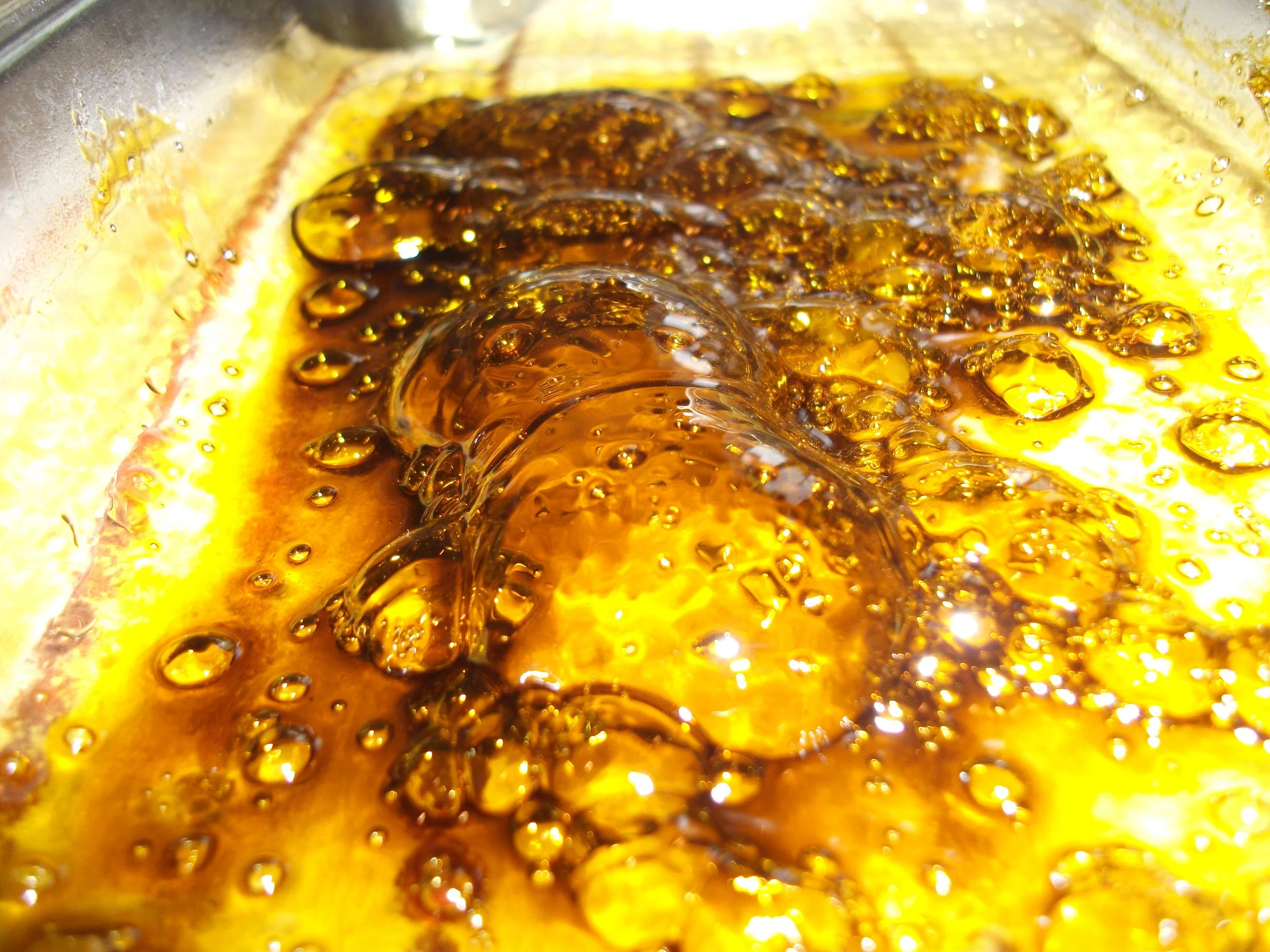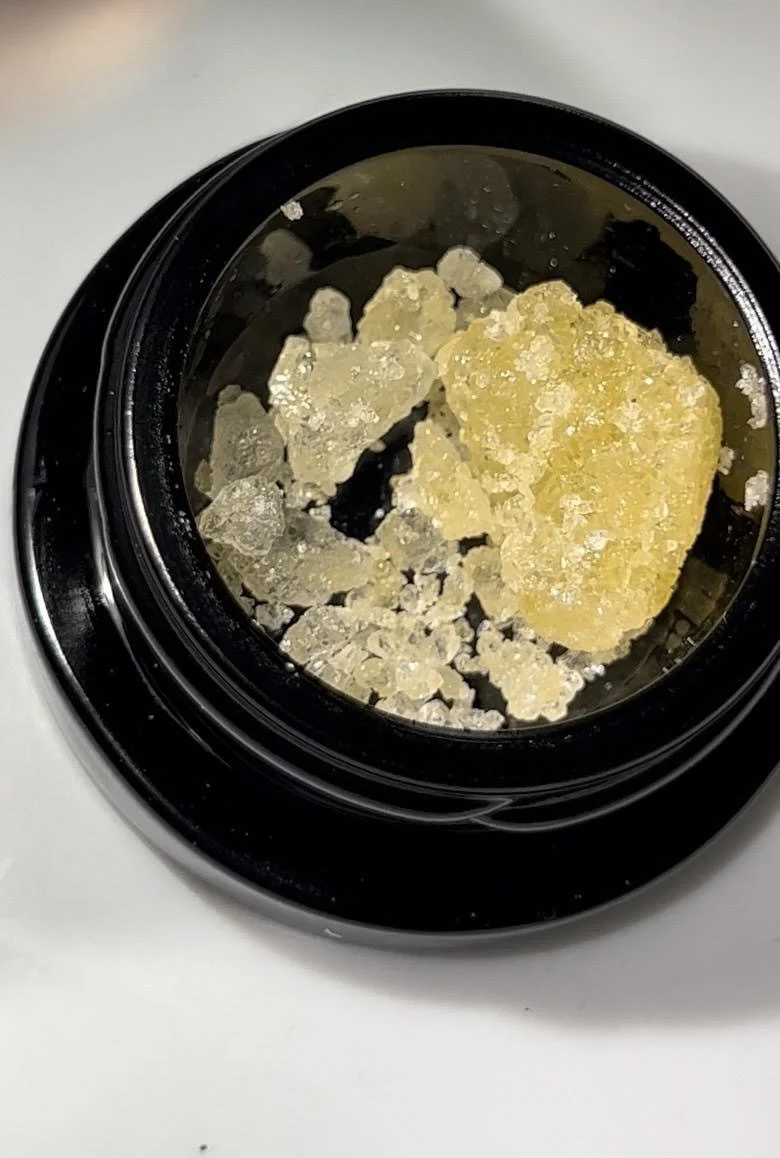Exploring the World of Cannabis Extracts: A Guide to Dabbing
Dabbing has become a popular method among cannabis enthusiasts for its potency and efficiency. It involves consuming concentrated cannabis extracts, providing a powerful and flavorful experience. However, with various types of extracts available, navigating this world can be overwhelming. In this post, we’ll dive into the different types of cannabis extracts used for dabbing, helping you understand what makes each unique and how they might suit your preferences.
1. Shatter: The Glassy, Brittle Concentrate
Shatter is a type of cannabis extract known for its glass-like appearance and brittle texture. It is created through a process called butane extraction, which removes the cannabinoids and terpenes from the plant material. Once the butane evaporates, the remaining concentrate hardens into a translucent sheet.
Pros:
High potency, often containing upwards of 80% THC.
Pure, clean taste due to minimal residual solvents.
Cons:
Can be brittle and break easily, making it difficult to handle.
Requires careful storage to prevent breakage.
2. Wax: The Sticky, Versatile Extract
Wax is another popular cannabis concentrate with a texture that resembles candle wax. It is produced using a similar butane extraction method as shatter, but with a different post-processing technique that results in a softer, more malleable consistency.
Pros:
Easy to handle and work with due to its pliable texture.
Often retains a richer terpene profile, resulting in more robust flavors.
Cons:
Can be messier and stickier compared to other extracts.
Potency varies, so it’s essential to check the THC content.
3. Live Resin: The Fresh, Flavorful Choice
Live resin is made from freshly harvested cannabis plants that are immediately frozen to preserve the full spectrum of cannabinoids and terpenes. This process helps maintain the plant’s original flavor and aroma, resulting in a highly aromatic and flavorful concentrate. Live resins can be in the form of Budder (a whipped butter consistency), Badder (a cake badder consistency), Sauce (a thin sticky sauce consistency), Sugar (a wet sugar consistency), and sometimes Crumble (a dry crumbly wax consistency).
Pros:
Superior flavor profile and aromatic experience.
Retains a broader range of cannabinoids and terpenes, providing a more complex effect.
Cons:
Can be more expensive due to the specialized production process.
Typically has a softer, more sticky consistency.
4. Rosin: The Solventless Extract
Rosin is a solventless cannabis concentrate made using heat and pressure to extract cannabinoids and terpenes from the plant material. This method avoids the use of chemicals, resulting in a purer product.
Pros:
No solvents are used, making it a cleaner option.
Preserves the full spectrum of cannabinoids and terpenes.
Cons:
May have a lower yield compared to solvent-based extracts.
The extraction process requires specialized equipment.
5. Crumble: The Dry, Powdery Concentrate
Crumble is a cannabis concentrate with a texture similar to honeycomb or dry cheese. It is made through a process similar to wax but is whipped or agitated to achieve its crumbly consistency.
Pros:
Easy to handle and perfect for mixing with other extracts.
Provides a potent and flavorful experience.
Cons:
Can be more prone to breaking and crumbling further during handling.
Requires careful storage to maintain its consistency.
6. Hash Oil: The Classic Concentrate
Hash oil is a broad term for various cannabis concentrates that involve extracting cannabinoids and terpenes using solvents like butane or ethanol. It can vary in consistency from thick and sticky to runny, depending on the extraction method.
Pros:
Versatile and can be used in various forms, including dabs.
Potency can be adjusted based on extraction methods.
Cons:
Solvent residues may be present if not properly purged.
The consistency can vary widely, affecting handling and consumption.
7. THCA Diamonds: The Potent, Crystal-Like Extract
THCA diamonds are crystalline structures of pure THCA (tetrahydrocannabinolic acid), the non-psychoactive precursor to THC. They are often found in a terpene-rich sauce that provides a complete dabbing experience.
Pros:
Extremely high potency, often exceeding 90% THC.
Offers a potent, clean, and flavorful high.
Cons:
Can be challenging to handle due to the diamond structure.
Usually more expensive due to the complex extraction process.
Each type of cannabis extract offers a unique experience, from the glassy brittleness of shatter to the solventless purity of rosin. Understanding these differences can help you choose the right concentrate for your dabbing needs and preferences. Whether you’re seeking intense potency, rich flavor, or a cleaner extraction process, there’s a concentrate out there that’s perfect for you. Experiment with different types to find your ideal dabbing experience and elevate your cannabis journey to new heights.


